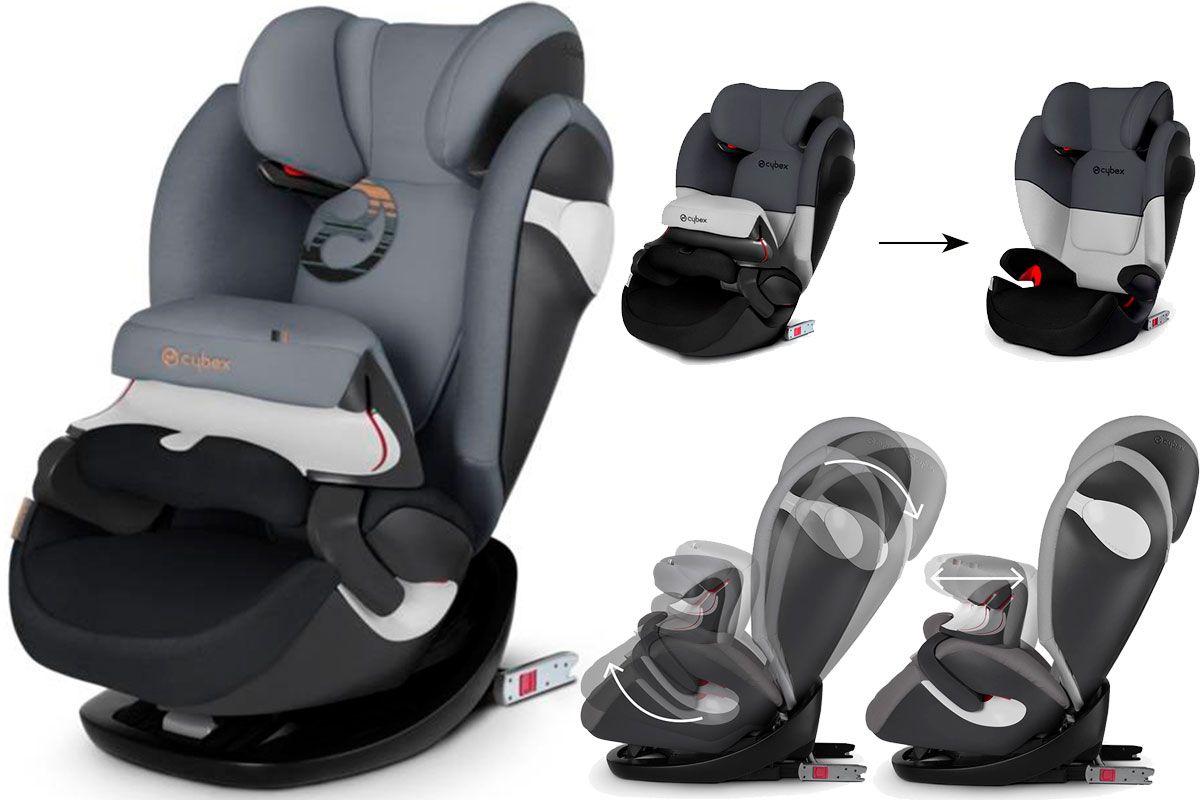
From Birth to Booster: Understanding the Different Steps to Car Seat Safety
Ensuring the safety of children while traveling in a car is a priority for every parent. Understanding the different stages of car seat safety is critical to ensuring children are properly protected as they grow and develop. In this article, we'll look at the different stages of car seat safety, from birth to boosters, and highlight key features and considerations for each stage.
Stage 1: Rear-mounted child car seats (birth to 2 years)
Rear-facing child car seats are specially designed to provide optimal protection for newborns and young infants. These seats are rear-facing, supporting the child's head, neck and spine in the event of a crash. Features such as a five-point harness, an adjustable backrest and energy-absorbing foam provide added safety and comfort. It is recommended that children be placed rear-facing until at least 2 years of age or until they reach the height or weight limit specified by the car seat manufacturer.
Stage 2: Forward-facing Convertible Car Seats (2 years to 65 lbs)
As children outgrow rear-facing booster seats, they graduate to forward-facing convertible car seats. These seats can be used in both rear and forward motion, providing versatility and durability. Convertible car seats feature adjustable harness heights, multiple recline positions and side impact protection to keep babies and toddlers safe and comfortable at all times. It is recommended that children be kept forward facing until they reach the weight or height limit specified by the car seat manufacturer.
Step 3: Booster Seats (over 40 lbs)
Once children outgrow their convertible car seats, they switch to booster car seats, which raise the child's position in the car seat to ensure proper seat belt use. Booster seats are designed to raise the child's seating position, allowing the seat belt to be properly secured to the chest and knees. There are two types of booster seats: high back and backless. High back boosters provide extra support and protection for the head, while backless boosters are more compact and suitable for older children. It is recommended that children be kept in booster seats until they can properly fasten a car seat belt, usually around 4 feet 9 inches tall and between 8 and 12 years of age.
Important considerations:
- Always check your car seat manufacturer's recommendations regarding height, weight and age restrictions.
- Make sure the car seat is installed correctly in accordance with the vehicle owner's manual and the car seat operating instructions.
- Check the car seat regularly for signs of wear and replace if necessary.
- Keep children through each step of car seat safety for as long as possible before moving on to the next step.
- Set a good example by always wearing your seat belt and practicing safe driving habits.
In conclusion, understanding the different steps of car seat safety is important to ensure optimal protection for children while traveling in a car. By choosing the right car seat for each child's developmental stage and following recommended guidelines, parents can ensure their children travel safely from birth to booster.






